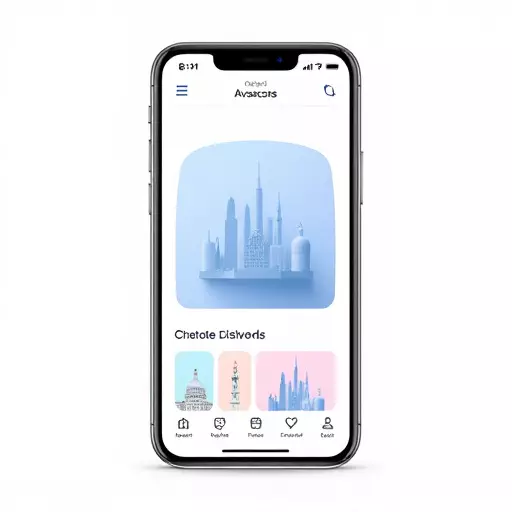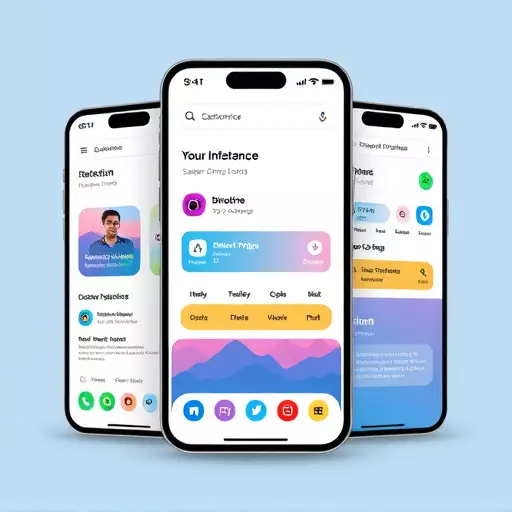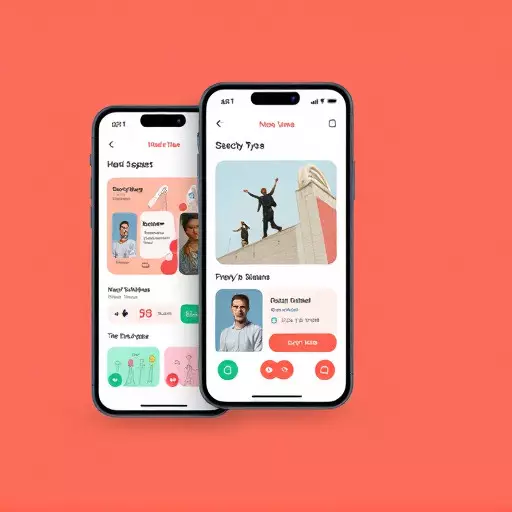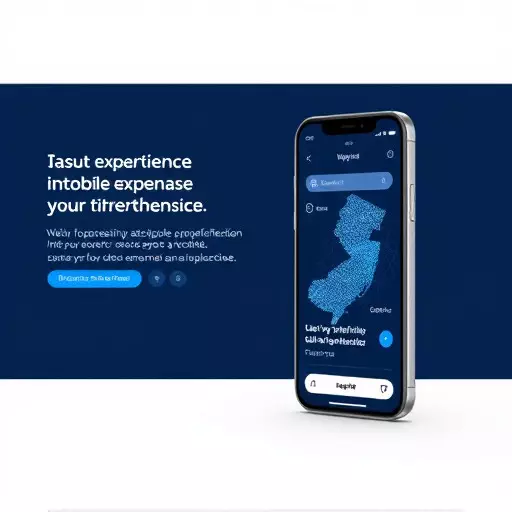Adopting a mobile-first approach in User Experience (UX) design for mobile apps is crucial for creating exceptional User Interface (UI) designs in New Jersey. By prioritizing the needs of mobile users, designers develop intuitive, accessible, and efficient apps tailored to modern lifestyles. This strategy emphasizes simplicity, clarity, and adaptability through responsive design, concise content, and touch-friendly controls, reducing load times and enhancing usability. In New Jersey, UX/UI design professionals craft compact, optimized interfaces that drive user engagement, build loyalty, and keep apps competitive in the market.
In today’s digital era, mobile-first design has become a cornerstone of successful app development. This approach prioritizes the user experience on smaller screens, ensuring apps are intuitive and accessible across various devices. In this article, we explore the fundamentals of UI design for mobile-first apps in New Jersey. From understanding the unique principles that govern mobile interfaces to implementing effective UI elements and iteratively optimizing based on user feedback, we’ll provide insights into crafting exceptional User Experience (UX) design in New Jersey, focusing on Mobile App UX/UI design.
- Understanding Mobile-First Design Principles
- – Definition and importance in modern app development
- – Differences between mobile and desktop design approaches
Understanding Mobile-First Design Principles

In the realm of mobile app UX/UI design, adopting a mobile-first approach is paramount to delivering exceptional User Experience (UX) designs in New Jersey and beyond. This strategy emphasizes designing interfaces with the diverse range of smaller mobile screens in mind, ensuring every element is optimized for touch interactions and efficient data consumption. By prioritizing mobile users, designers can create intuitive and accessible apps that cater to the on-the-go nature of modern digital consumers.
Mobile-first design principles focus on simplicity, clarity, and adaptability. UI elements should be thoughtfully arranged, keeping in mind the limited space available on smaller screens. Responsive design techniques play a crucial role here, allowing layouts to adjust seamlessly across various devices and screen sizes. Effective use of white space, concise content, and touch-friendly controls contribute to an engaging user journey. This approach not only enhances usability but also improves load times, ensuring mobile users have a smooth and satisfying experience from the get-go.
– Definition and importance in modern app development

In today’s digital landscape, mobile-first approach has become paramount in app development. It involves designing applications with a mobile user experience (UX) at its core, ensuring seamless functionality and aesthetics across various devices, from smartphones to tablets. User Interface (UI) design plays a pivotal role here, focusing on creating intuitive, visually appealing, and easy-to-navigate interfaces that cater to the unique constraints and capabilities of mobile platforms. In New Jersey and beyond, User Experience (UX) design professionals are increasingly sought after for their expertise in crafting mobile app UX/UI designs that captivate users and drive engagement.
A well-executed UI design not only enhances user satisfaction but also significantly impacts an app’s success. It facilitates quicker load times, improved interactivity, and better accessibility, fostering a sense of ease and pleasure among users. By prioritizing mobile users’ needs, developers can build loyal user bases and ensure their apps remain competitive in the crowded market. This is particularly crucial as we continue to rely on our mobile devices for an ever-growing array of tasks, making mobile app UX/UI design a critical aspect that distinguishes successful applications from their competitors.
– Differences between mobile and desktop design approaches

When designing for a mobile-first approach, UI designers in New Jersey must consider significant differences between mobile and desktop design strategies. Mobile app UX/UI design focuses on creating intuitive, compact interfaces optimized for smaller screens and touch interactions. This involves thoughtful layout adjustments, simplification of navigation, and priority placement of key functions to ensure seamless user experience design. In contrast, traditional desktop design tends to prioritize complex layouts, extensive menus, and visual elements that may not translate well to mobile devices.
Mobile-first design also demands a deep understanding of user behavior on smartphones and tablets. Designers must consider factors like thumb reachability, gesture recognition, and rapid data consumption, shaping interfaces that are accessible, efficient, and visually appealing. This tailored approach ensures that User Interface design for mobile apps provides users with intuitive interactions, quick access to information, and overall enhanced user experience design compared to desktop counterparts.


